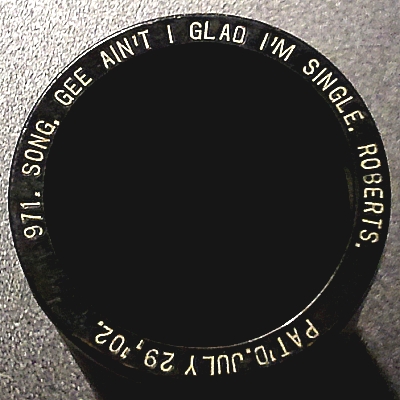

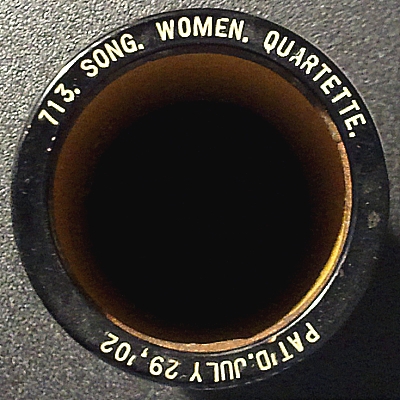 |
| Women |
| Male Quartette |
| Indestructible #713 |
| released February 1908 |
| New York, New York |
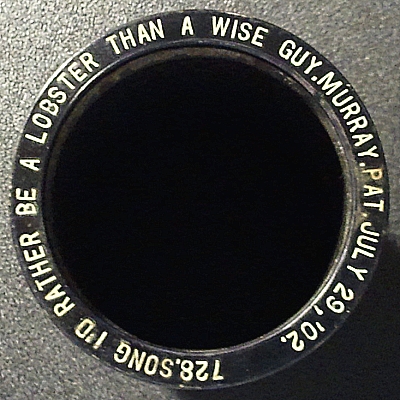 |
| I'd Rather Be a Lobster Than a Wise Guy |
| Billy Murray |
| Indestructible #728 |
| released February 1908 |
| New York, New York |
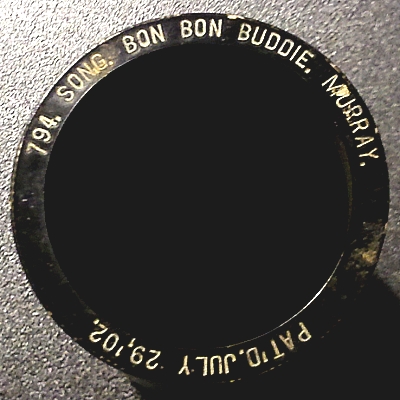 |
| Bon Bon Buddie |
| Billy Murray |
| Indestructible #794 |
| released July 1908 |
| New York, New York |
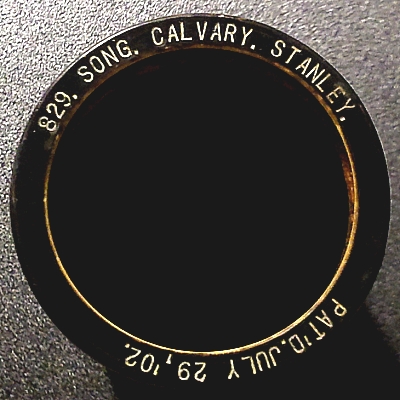 |
| Calvary |
| Frank C. Stanley |
| Indestructible #829 |
| released ca. August 1908 |
| New York, New York |
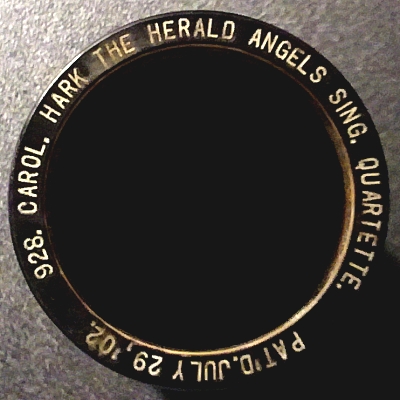 |
| Hark! The Herald Angels Sing |
| Male Quartette |
| Indestructible #928 |
| released ca. December 1908 |
| New York, New York |
 |
| Gee Ain't I Glad I'm Single |
| Bob Roberts |
| Indestructible #971 |
| released January 1909 |
| New York, New York |
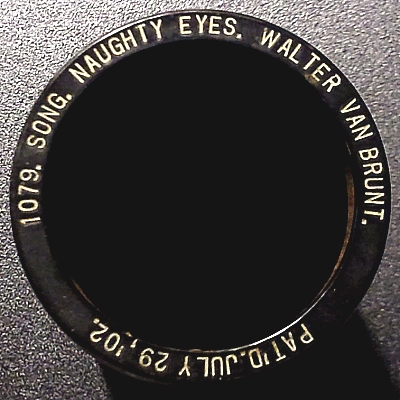 |
| Naughty Eyes |
| Walter Van Brunt |
| Indestructible #1079 |
| released June 1909 |
| New York, New York |
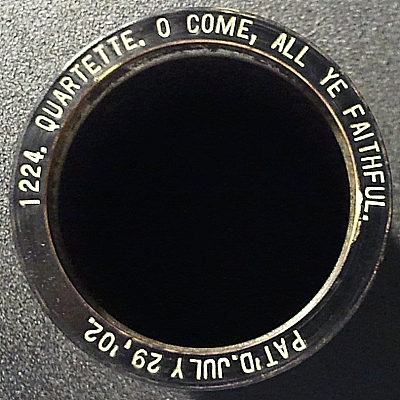 |
| O Come, All Ye Faithful |
| Male Quartette |
| Indestructible #1224 |
| released December 1909 |
| New York, New York |
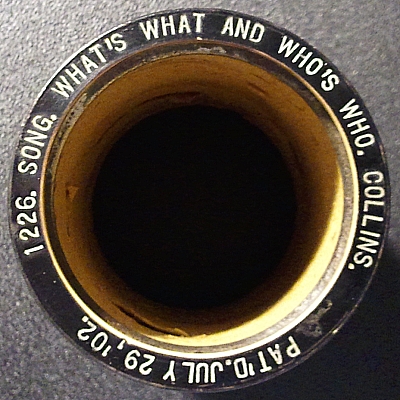 |
| What's What and Who's Who |
| Arthur Collins |
| Indestructible #1226 |
| released December 1909 |
| New York, New York |
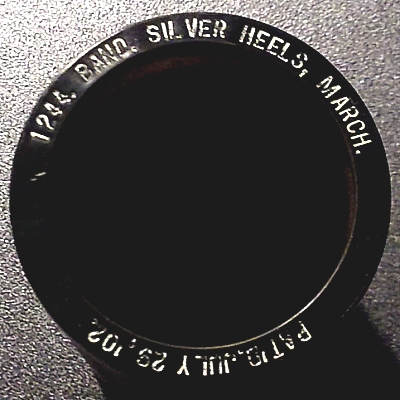 |
| Silver Heels |
| Band |
| Indestructible #1244 |
| released January 1910 |
| New York, New York |
| Note: Skip at 1:54. |
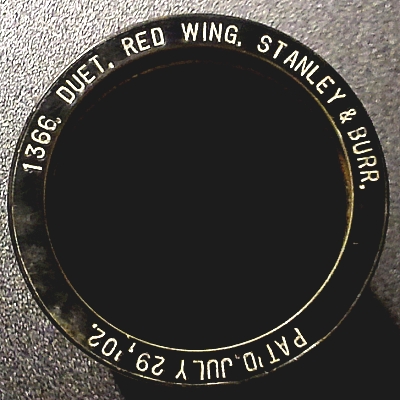 |
| Red Wing |
| Frank C. Stanley and Henry Burr |
| Indestructible #1366 |
| released July 1910 |
| New York, New York |